Ripples of Change| A SamaitShala Story
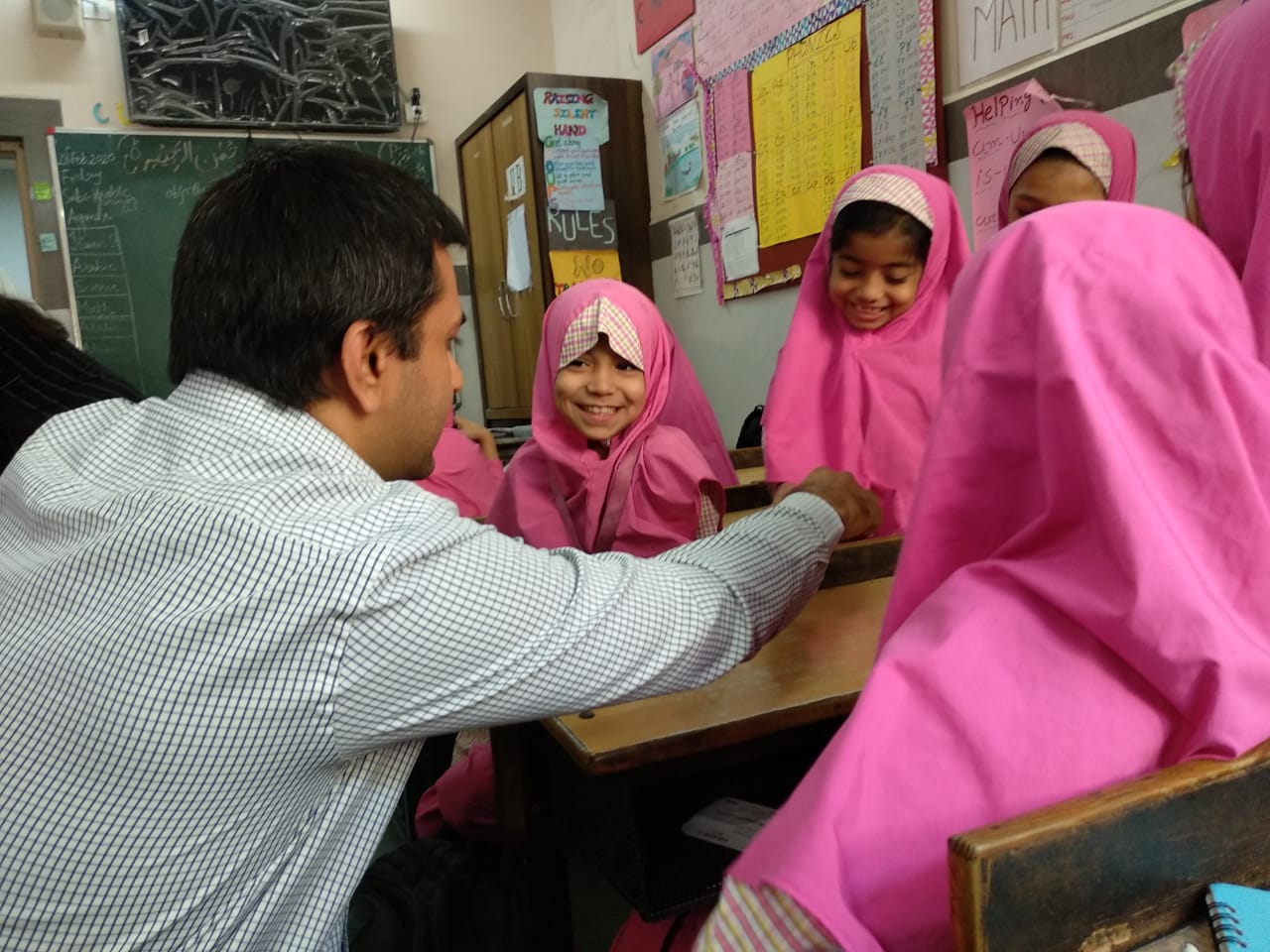
In the busy market of Shahpur in the heart of Ahmedabad, lies a small English medium school combined with Madrassa education. This school provides education to 500 girl children belonging to an underprivileged background. The school has been operational since 2012. It is run by a very passionate Principal. She has been with the school since inception and envisions her children to achieve a good quality education irrespective of their backgrounds. Considering the physical, financial and social constraints, achieving this vision is a huge task. To add to this, it is very difficult to find skilled teachers who can respond to all the learning needs of children in a class. So what does a school do? How does it ensure that all the children in the school get a good quality education? Well, this is where our partner organization, Samait Shala plays a major role. Samait Shala is an Ahmedabad based Non-Profit Organization that aims to equip schools to provide inclusive education. It was founded in 2016 by Kushal Dattani.
An inspiring leadership
SamaitShala has been working with this school for the past 2 years. I was fortunate to pay a visit here along with the founder, Kushal. It was inspiring to learn about his journey with the school, the challenges and the opportunities that came along the way. He mentioned a great deal about the school leader and I was really excited to meet her in person. Once we reached the school, I went on to visit some classes on my own. Later on, Kushal called me to meet the Principal. I think this was my highlight of the entire visit. When I walked in, the Principal was already in conversation with him. I was quite surprised by the question that she posed. She asked him, how can the school sustain the wonderful changes that it has undergone while working with Samait Shala over the past 2 years? How can Kushal help them in the process as it was the last year of the intervention? While Kushal was busy answering, I was just mesmerized by her dedication to ensuring that her children continue getting a great education. She kept on asking questions until she got convinced. Post this, she went on to share the academic calendar for 2020-21 in which she had already marked the dates as to when the teacher training will happen. It shows the amount of acceptance that the school has of the practices that were introduced by Samait Shala.
A change like this is a result of the combination of two things: 1) A motivated school leader 2) A dedicated interventionist. The rest of the things fall in place when the exchange of knowledge and practices happen between these two. This speaks volumes about the time and effort the team must have put to build a meaningful relationship with the school and executing interventions that added value to the school.
Making Classes effective
When I entered the class, I was blown away by the teaching-learning materials(TLMs) on the wall. A print-rich classroom is one of the best ways to engage a child in the classroom. All of the TLMs were prepared by the teachers in the school. It was interesting to see that each of these materials connected to the current topics being taught in the class.
I also got an opportunity to visit two classes while I was there. One of the classes was the “Svavriti” learning kits class in grade 2. In these classes, the teachers use “Svavriti kits” to teach peer learning through content engagement to children.
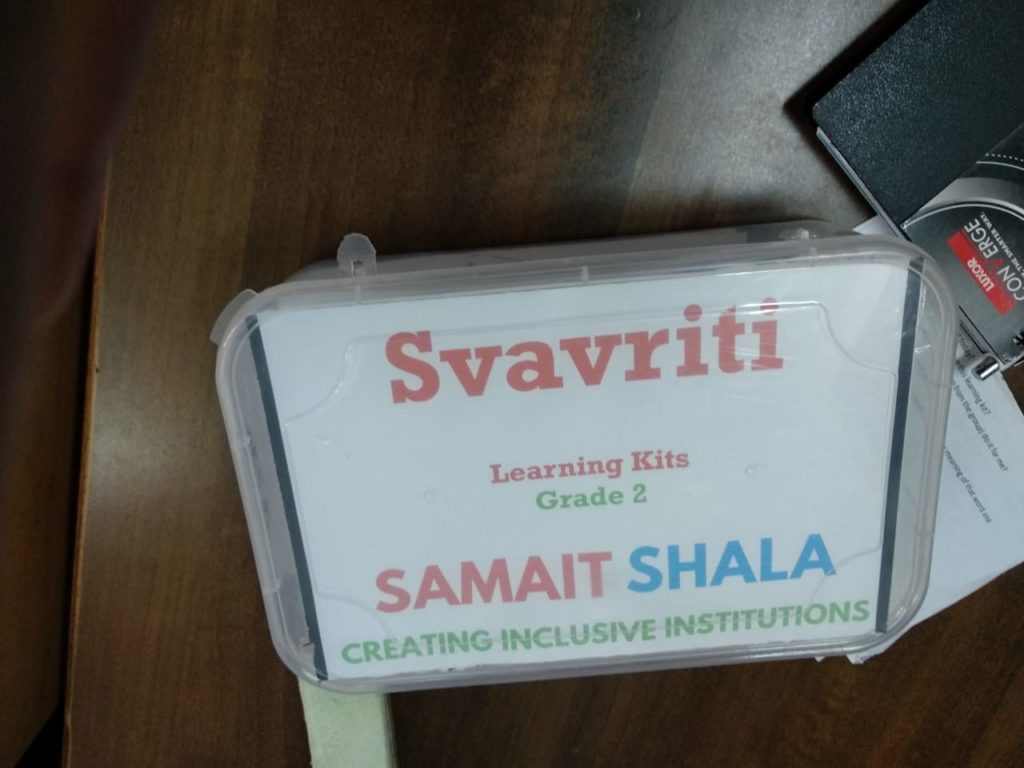
These kits comprise of activities aimed at improving multiple comprehension skills in students ranging from sequencing to summarizing. The class started with a regular drill of going through the class rules, dividing the children into groups and then distributing the kits. The interesting part was to see how children knew exactly what they had to do once the kits were distributed to them. They directly got on with the task.
If you have ever taught a bunch of 2nd graders, you will know that this is not easy work. It requires immense practice and patience from the teacher. Seeing this happen in a low fee private school without any external support filled me with joy. I witnessed magic unfold for the next 30 mins. The children were engaged in the activity, they were asking questions to each other, speaking in turns and to top it all, in the end, they also shared feedback on how the other child could have been better. This is what student ownership in a classroom looks like. I walked out of the class feeling inspired.
The next class that I visited was of English Literacy block. An English Literacy Block is a 120 mins class comprised of multiple parts including speaking and listening, phonics, reading, grammar, and writing (in the same order). This program is specifically designed for children for whom English is a Foreign Language. This is a meticulously designed program and ensures teachers and children stay connected with the skills for the subject throughout the 120 mins.
Again, it was a grade 2 class. So I went in expecting some chaos but I was pleasantly surprised to see things happening like clockwork. The teacher started with a group activity on Speaking and listening. The children again engaged and responded pretty well. Needless to mention, I was very happy to see this. In one of the classes, while I was leaving, the teacher reached out to me asking for any feedback. I shared what I liked about her class. The teacher was still curious and she ventured further asking me to share her areas of improvement. I was dumbfounded as it is rare to see someone so eager to learn about their areas of improvement.
In the entire school visit, three things stood out to me: 1) Relationship of Samait Shala with the school staff 2) The culture of learning in the school 3) The dedication of both Samait Shala and the teachers. It was hard to believe that all of these things had been achieved in a span of 2 years but I guess hard work does create magic!
Driving Change together
Later on during the day, I got a chance to be a part of the Samait Shala team meeting where they were discussing their focus areas for 2020-21. To build an inclusive space, they had invited more people from the ecosystem to get a varied perspective. It was a very stimulating meeting as the questions that came up were quite interesting.
What I liked about the team was that they were very reflective and were not shying away from acknowledging their failures and shortcomings. They kept questioning each other and sharing their thoughts and ideas. I could understand that the transparent relationship is not just limited to the schools, it is present in the team as well.
The 2 days of the field visit reaffirmed my belief in the power of an idea and the grit of an individual. We have been associated with Kushal since he was a one-man army and now seeing him work with a team of equally passionate individuals speaks a lot about his capability to transfer his qualities in the organization culture. My key takeaways from the visit have been the power of belief and perseverance. I hope these ripples of change spread across the state and Samait Shala is able to mobilize the larger community to work towards transforming education.
–Written by Poonam Shukla, Team EduMentum

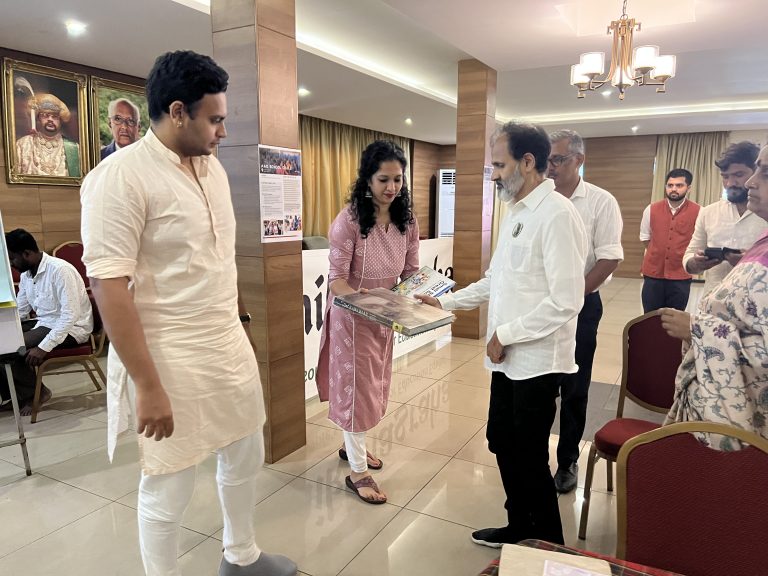
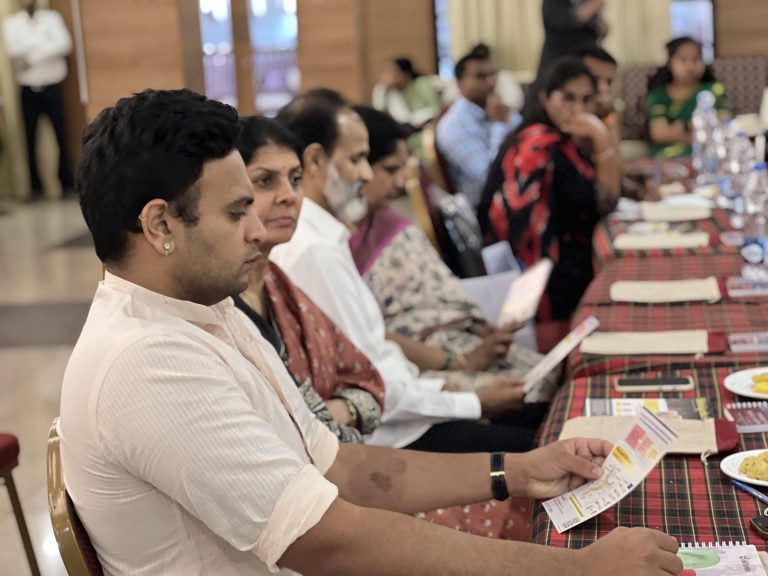
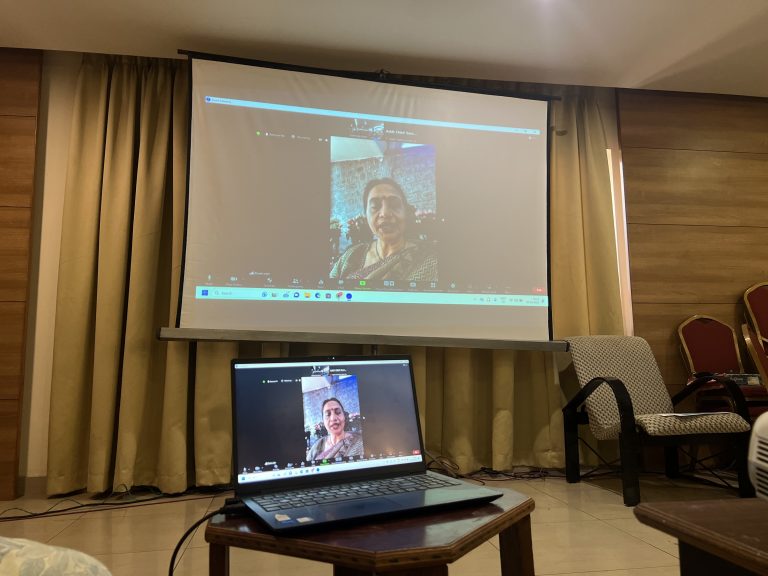
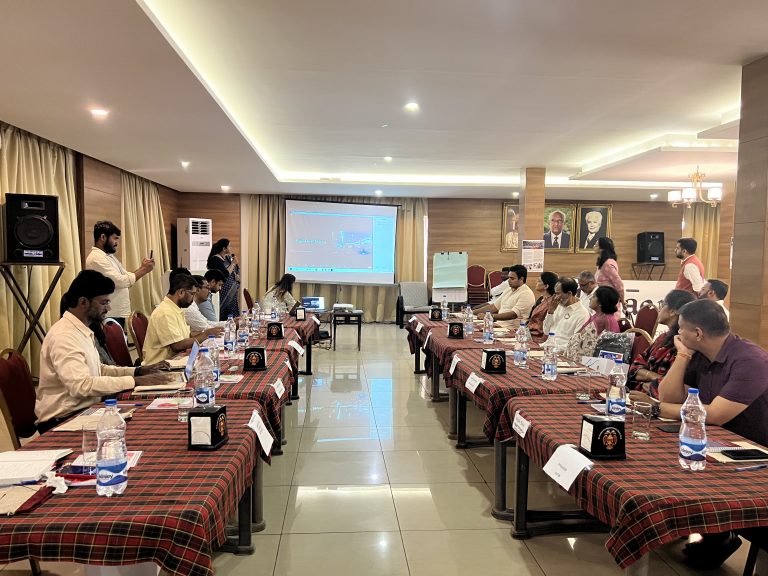
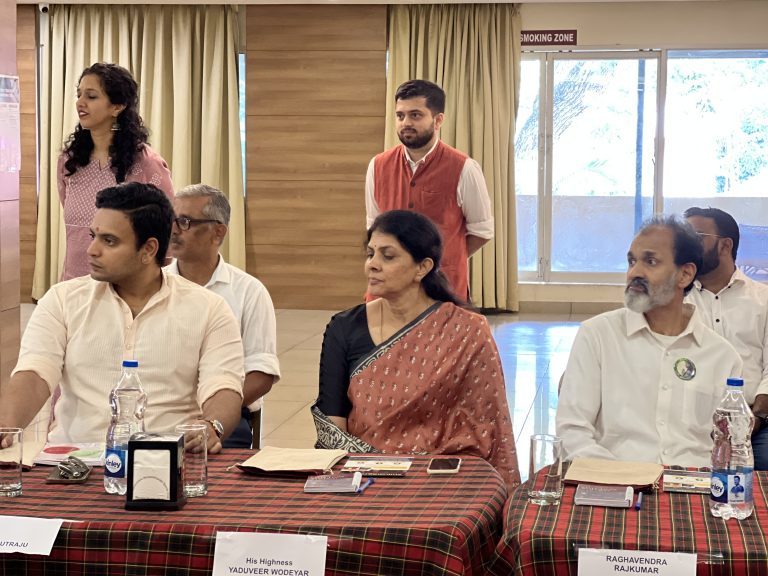
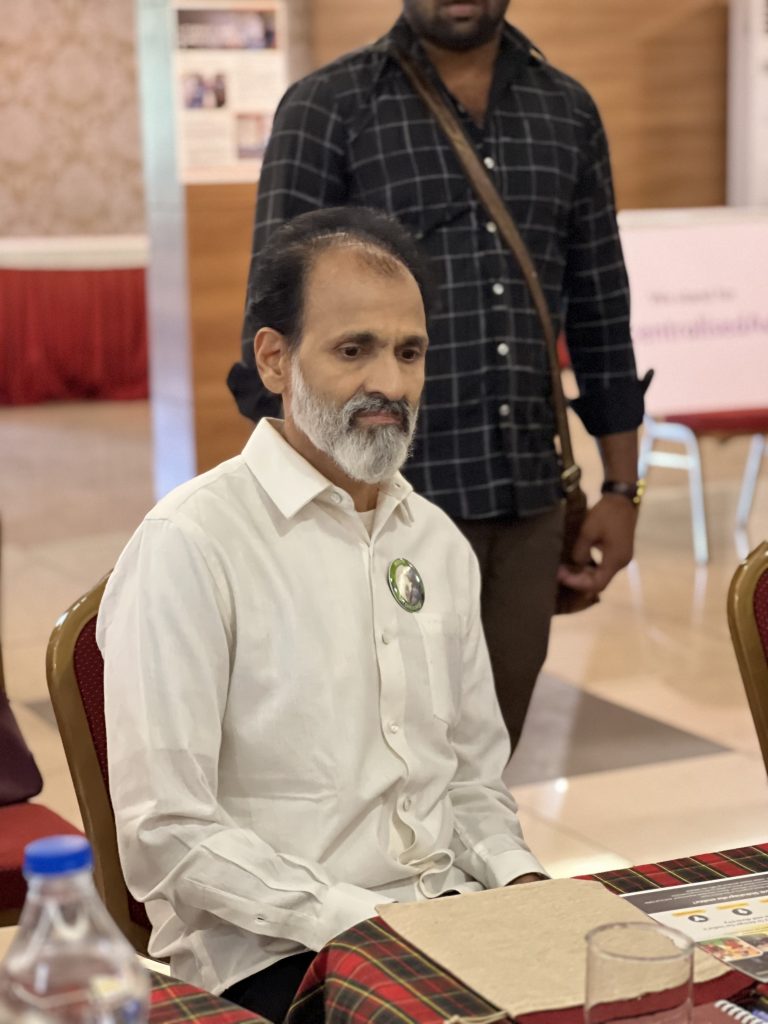
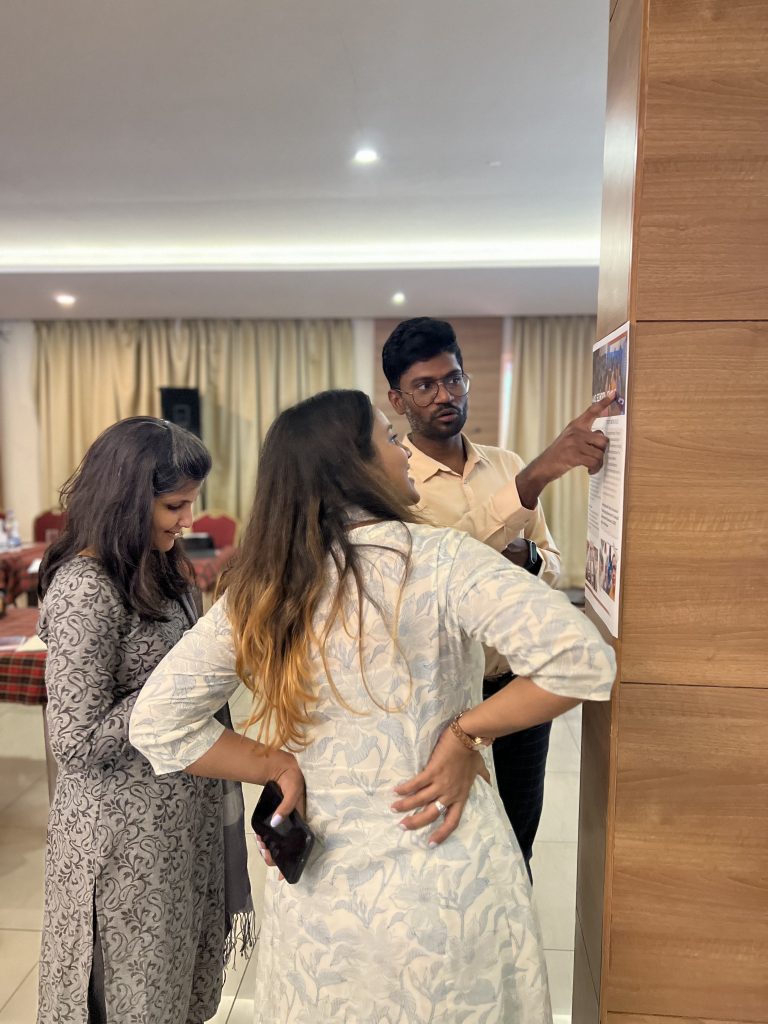
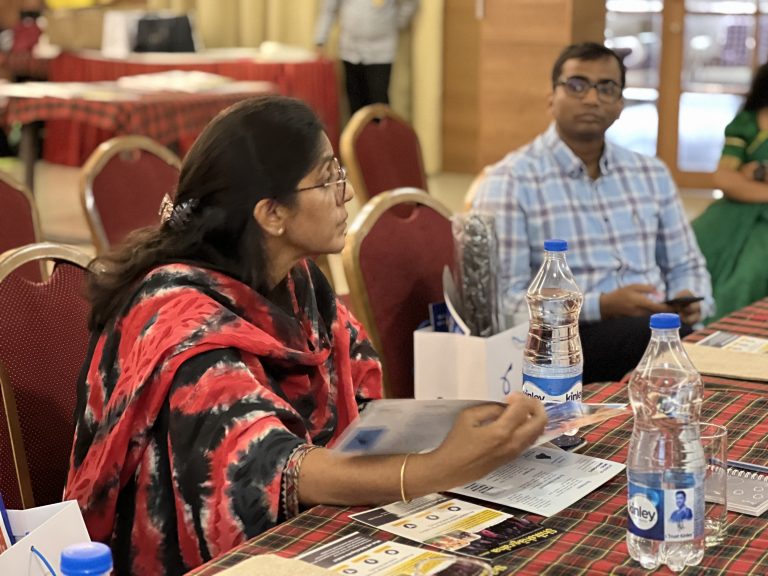
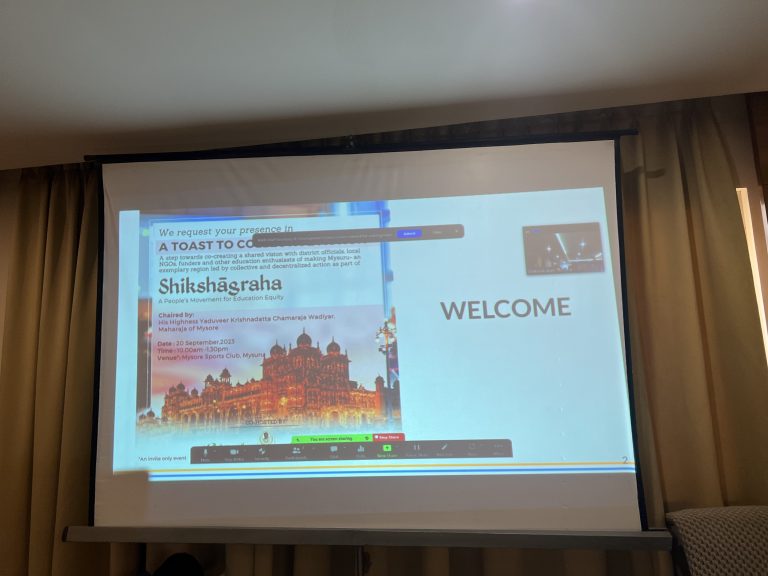
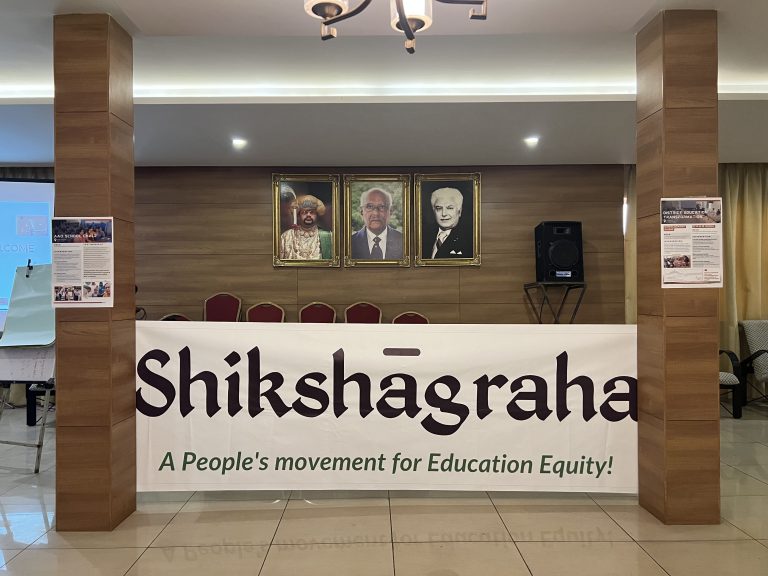
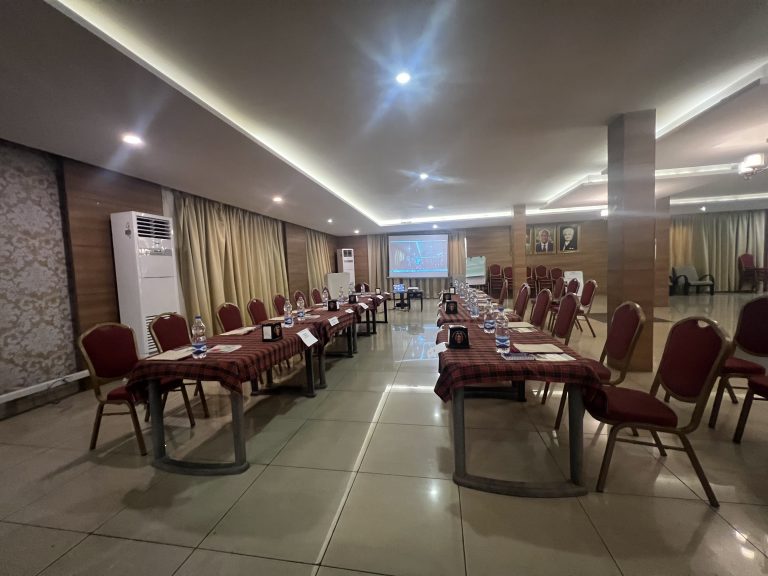
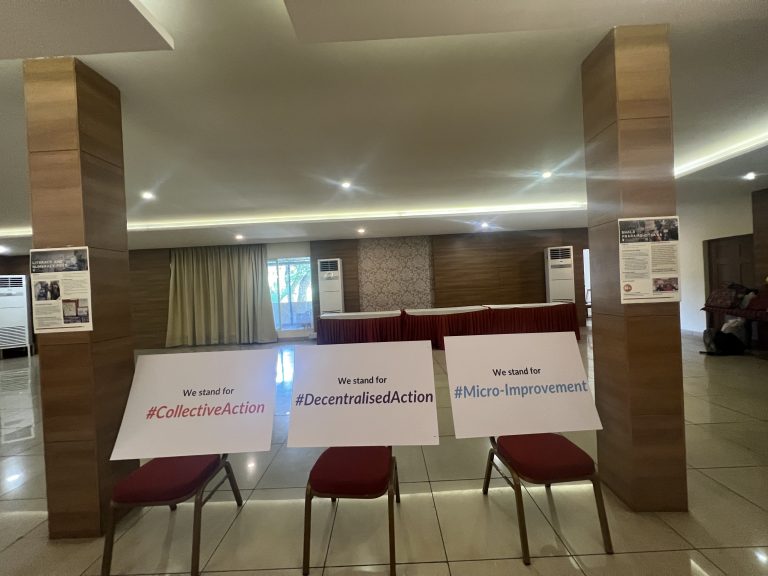

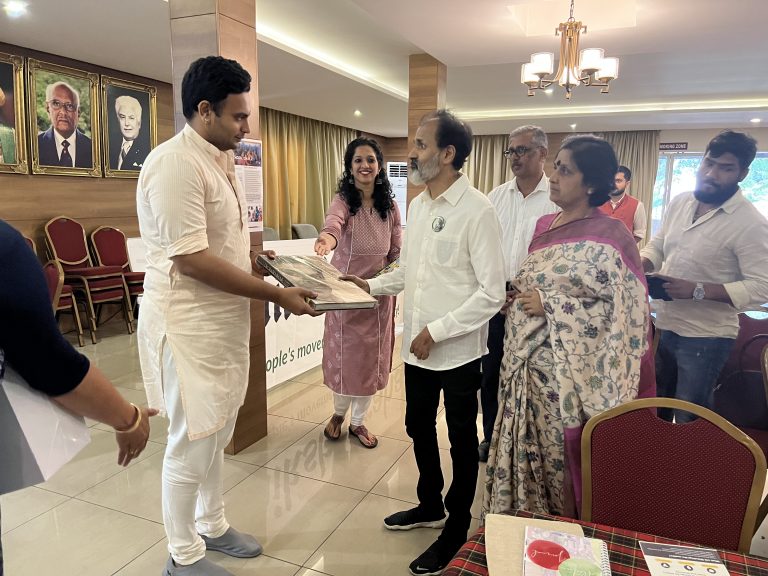

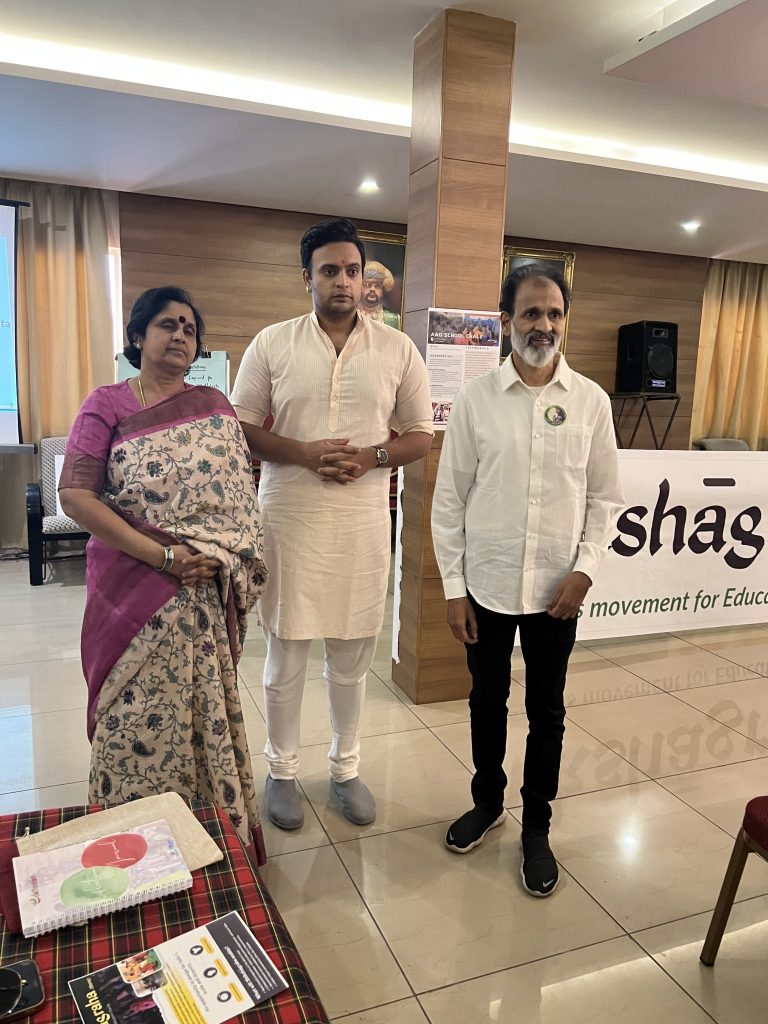

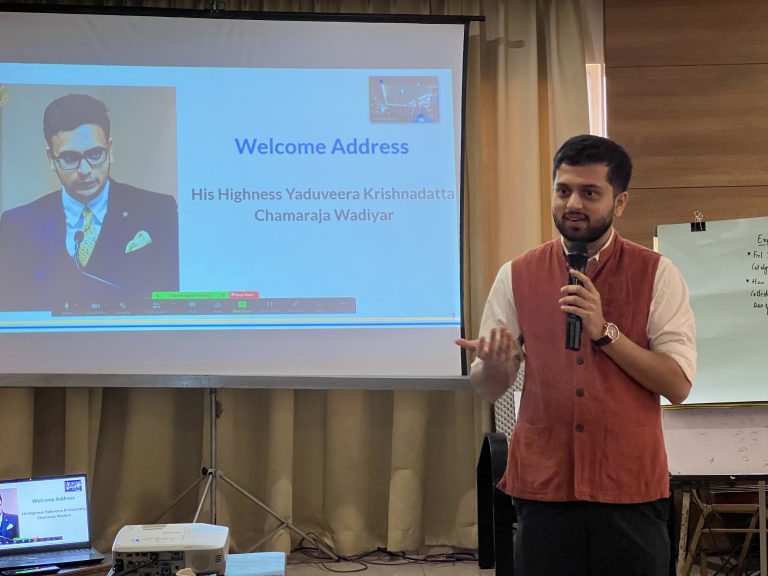
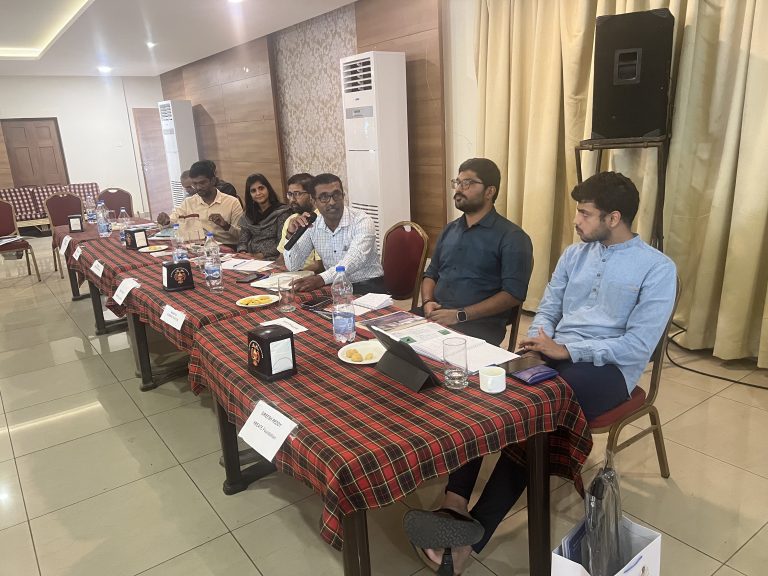
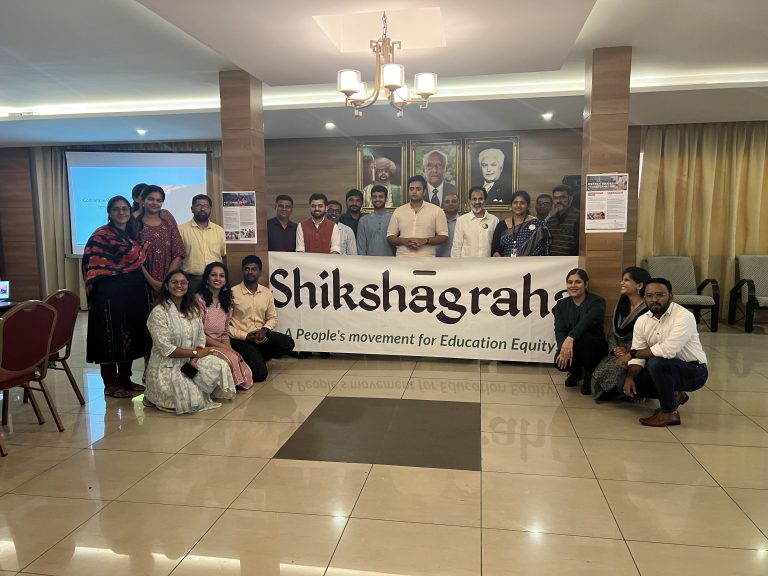
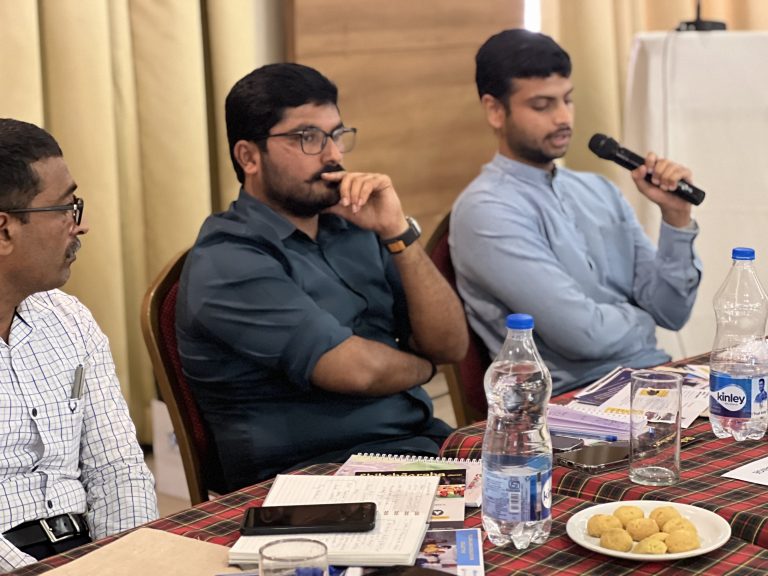
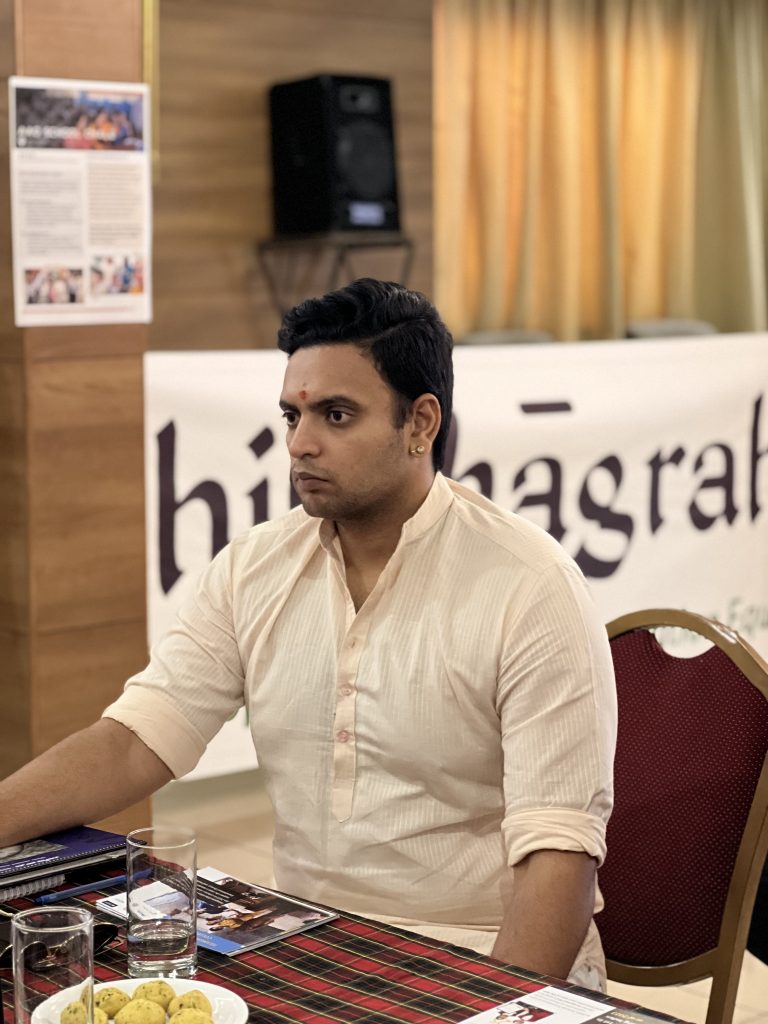
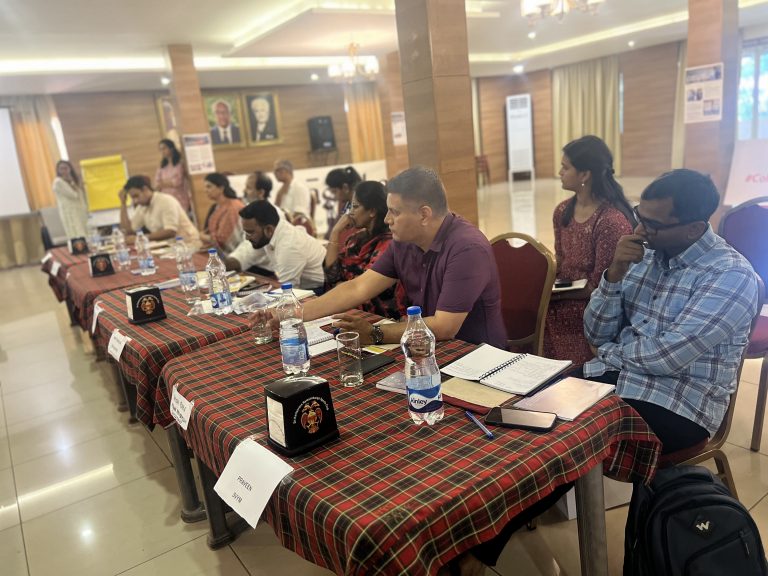
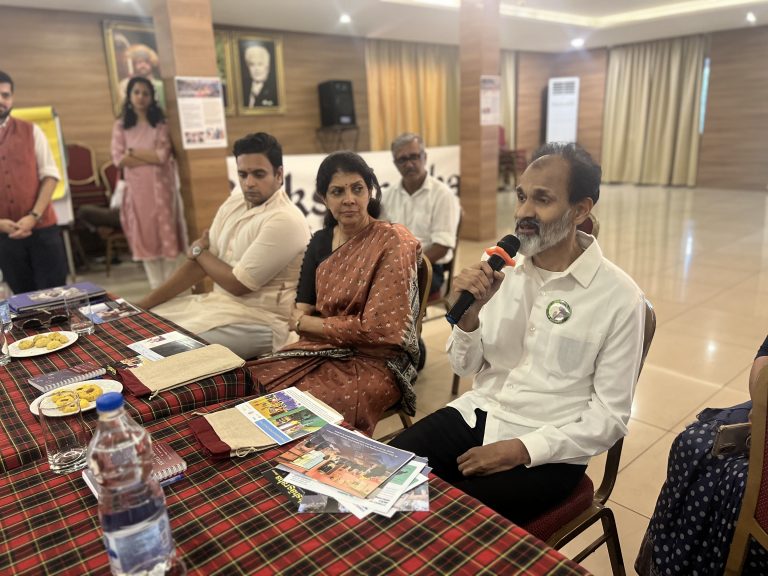
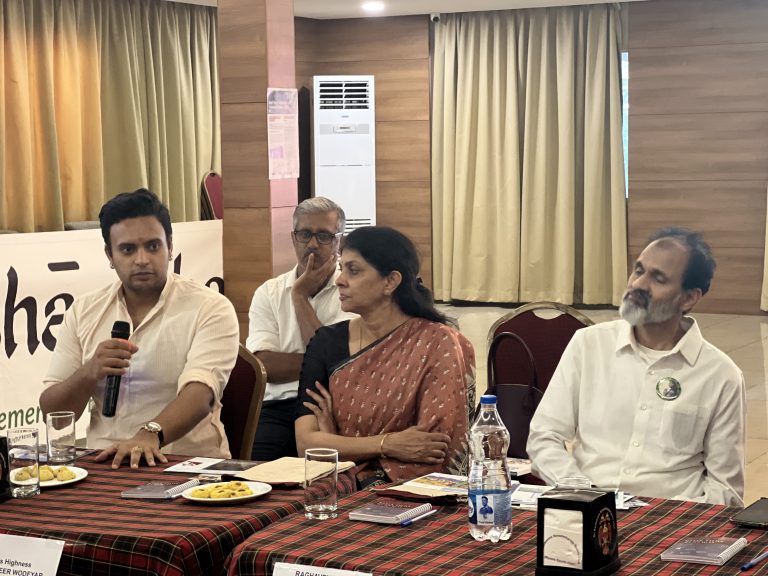
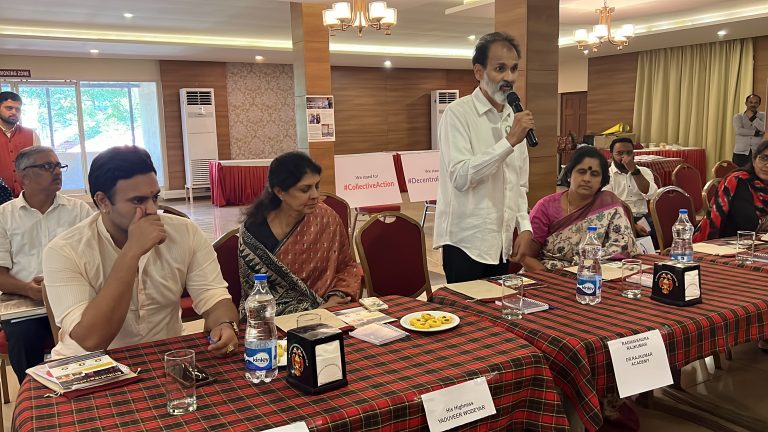
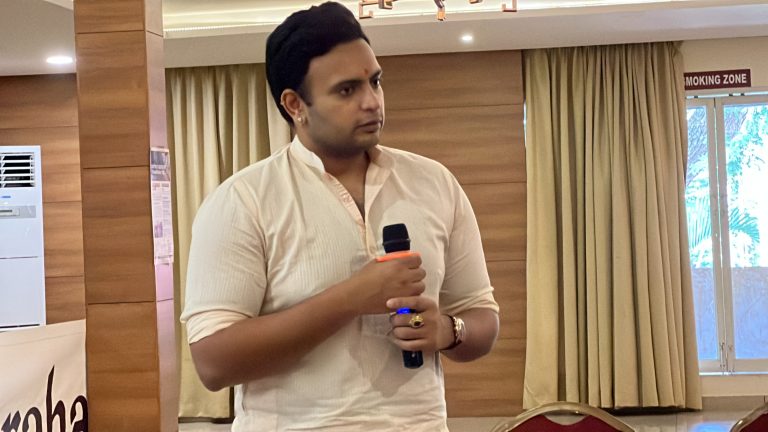
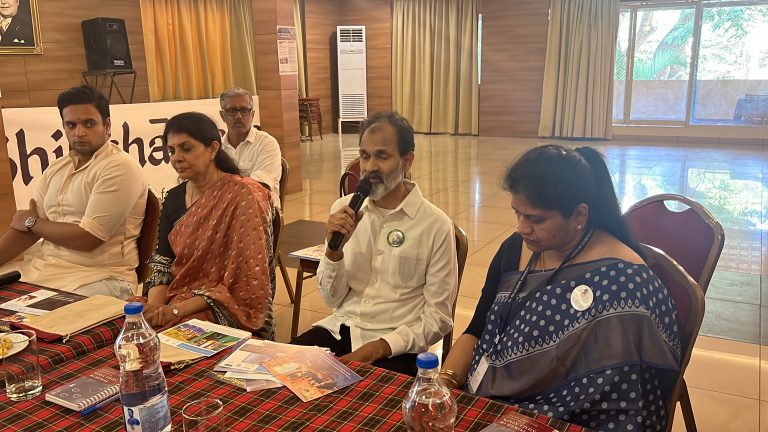
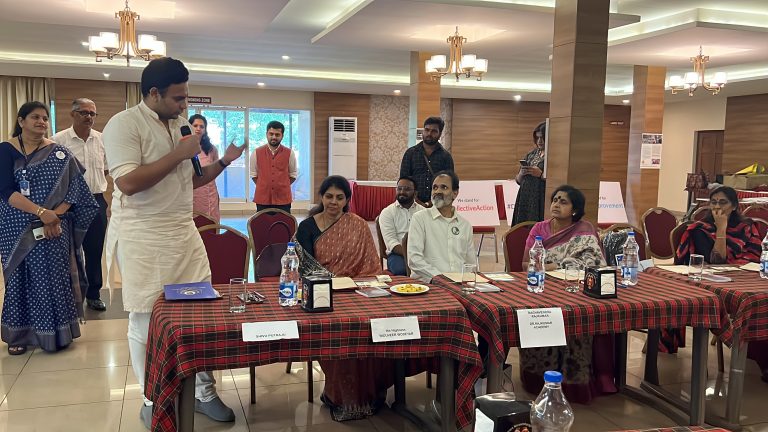
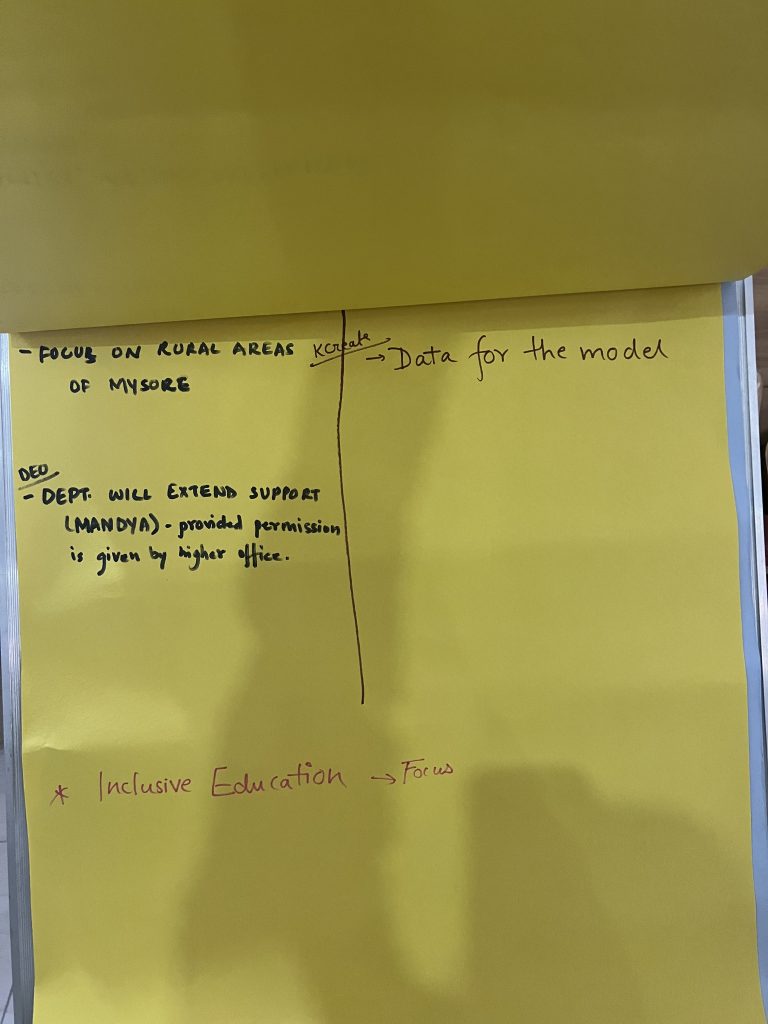
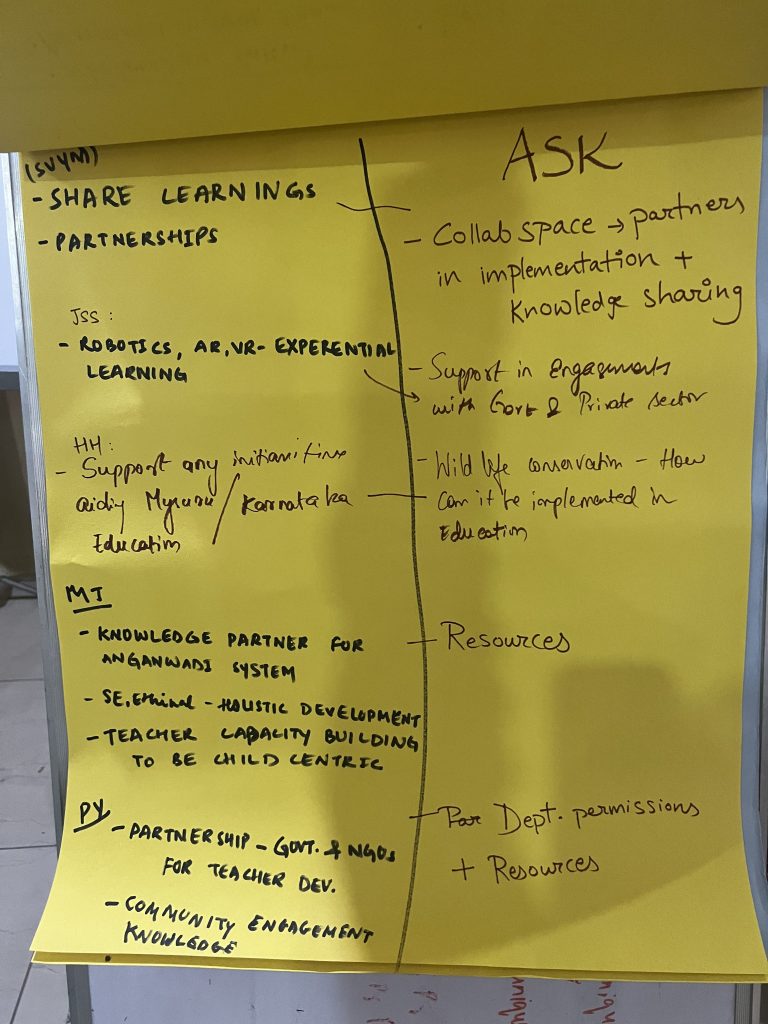
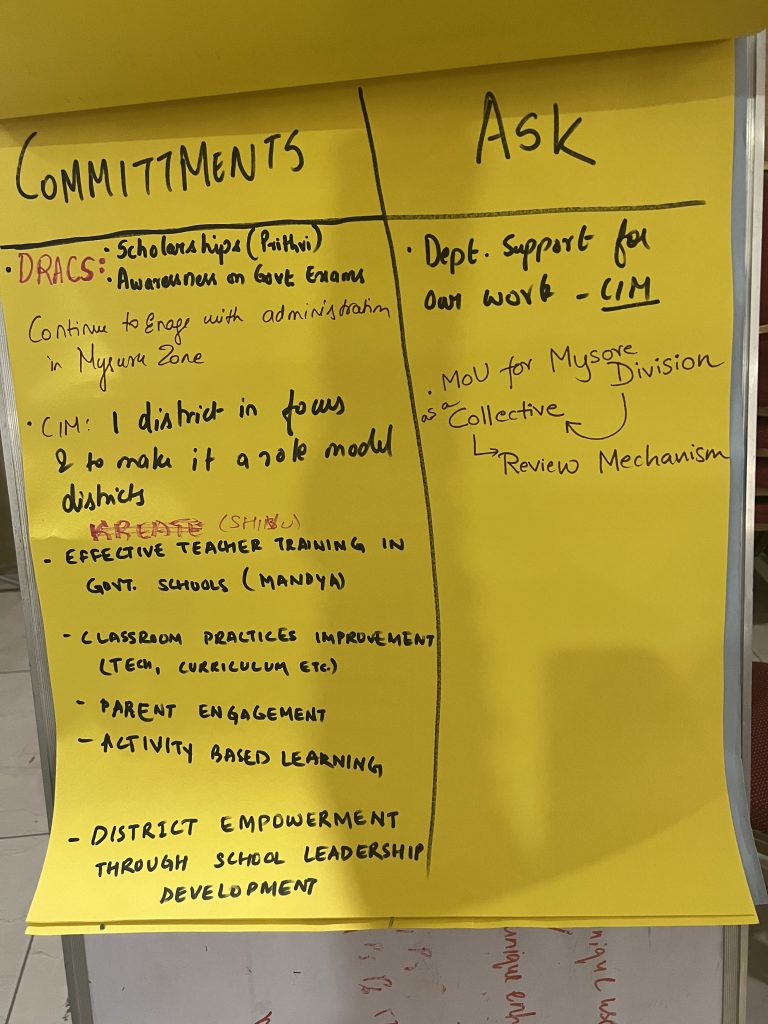
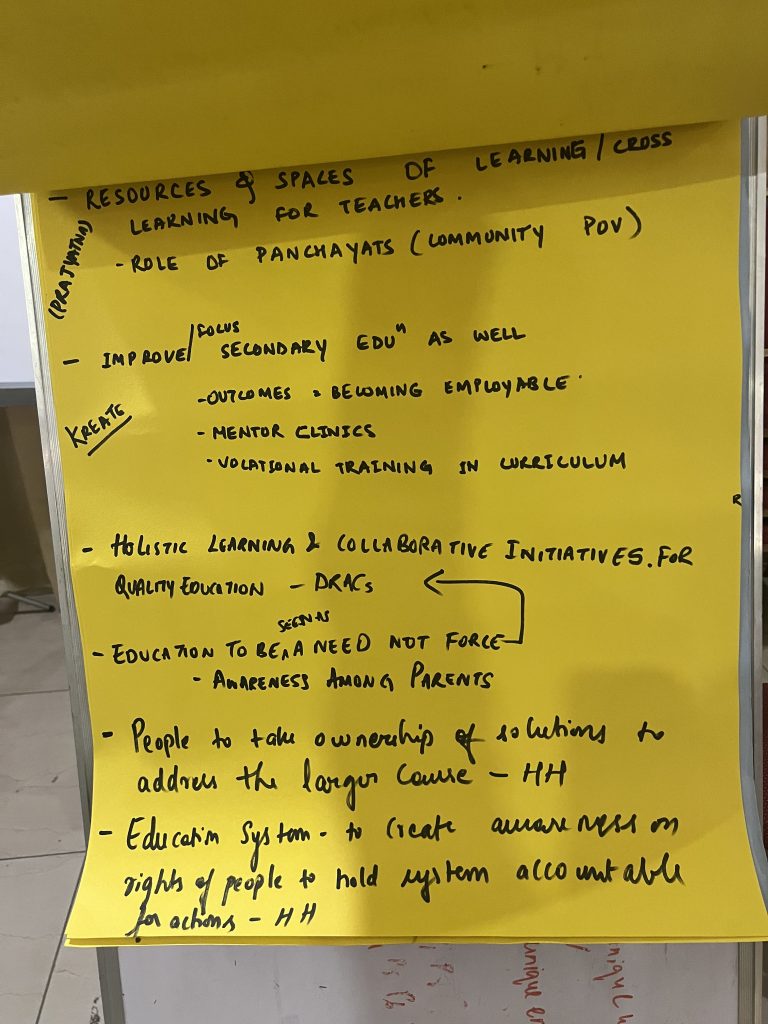
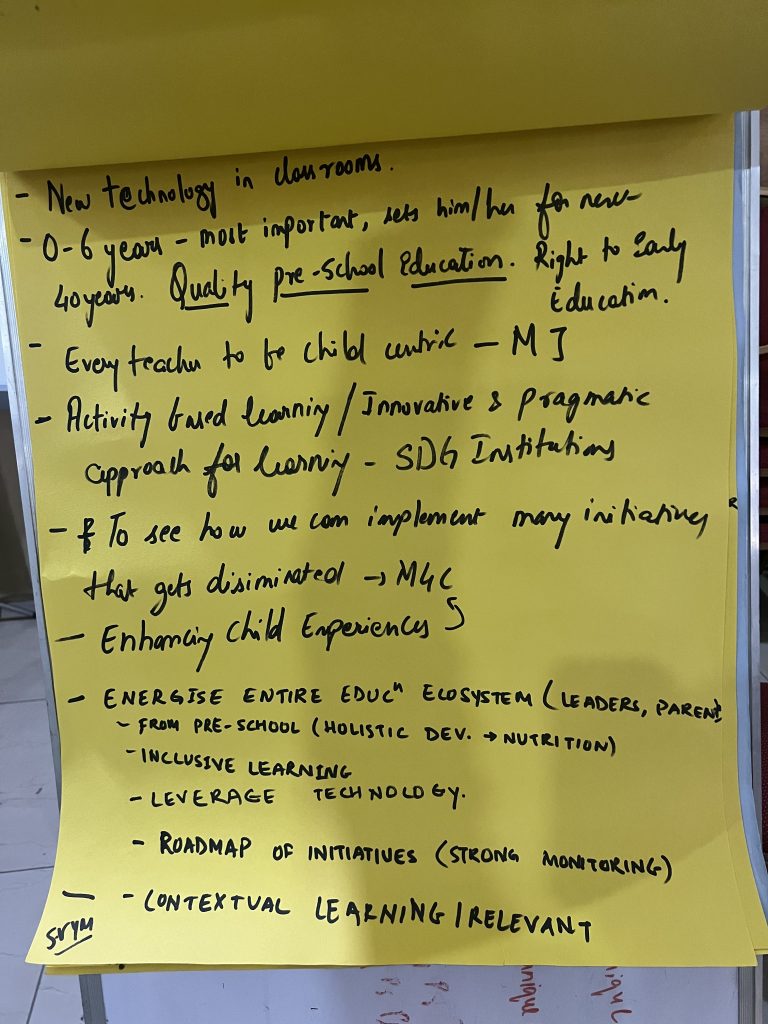
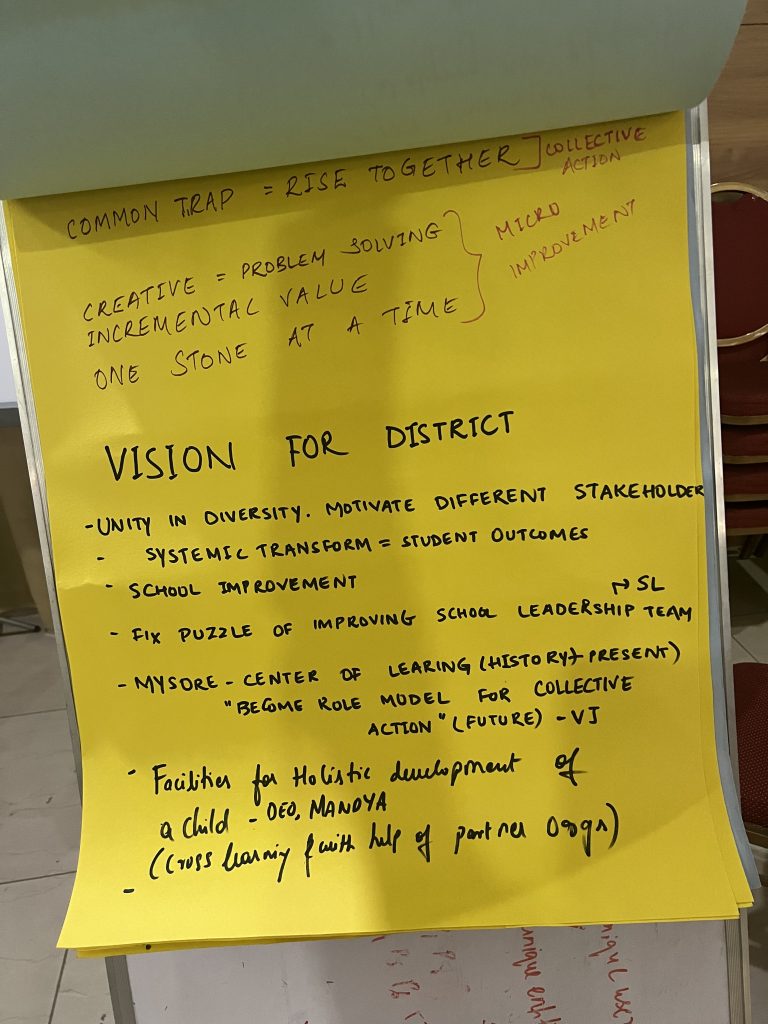
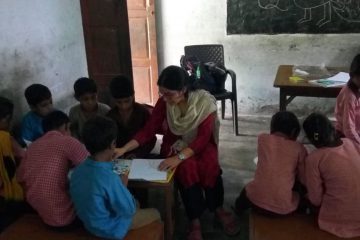
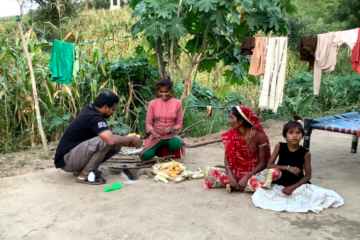
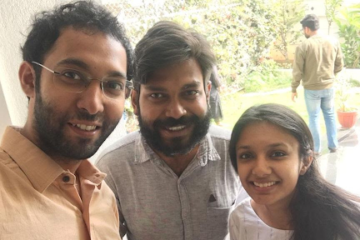
0 Comments